Solar Panel Storage Battery: The Ultimate Guide
Power up your life with the ultimate guide to solar panel storage batteries! Say goodbye to energy bills and hello to sunny savings.
Power up your life with the ultimate guide to solar panel storage batteries! Say goodbye to energy bills and hello to sunny savings.
Lithium Iron Phosphate (LiFePO4) batteries have become increasingly popular in recent years due to their high energy density, long cycle life, and low environmental impact. As demand for LiFePO4 batteries grows, so too does the need for comprehensive one-stop solution providers who can offer a range of services to support the design, development, and deployment of LiFePO4 battery systems. In this article, we will explore the comprehensive services offered by LiFePO4 battery one-stop solution providers and the benefits they provide to businesses and consumers.
(Check: Buy LiFePO4 RV Batteries at B2B Prices from China Manufacturer)
One of the primary services offered by LiFePO4 battery one-stop solution providers is design and development services. These companies work closely with their clients to develop custom battery systems that meet their unique needs and requirements. This includes everything from selecting the appropriate cell chemistry and form factor to designing the battery management system (BMS) and integrating the battery system into the final product.
Redway Battery is an example of a LiFePO4 battery one-stop solution provider that offers comprehensive design and development services. The company works closely with its clients to develop custom battery systems that are tailored to their specific requirements. This includes selecting the appropriate cell chemistry and form factor, designing the BMS, and integrating the battery system into the final product.
Another essential service offered by LiFePO4 battery one-stop solution providers is testing and certification services. These companies have extensive experience in testing and certifying battery systems to ensure that they meet industry standards and regulations. This includes testing the battery system under a variety of conditions, such as temperature, humidity, and vibration, to ensure that it can perform reliably in real-world situations. Additionally, LiFePO4 battery one-stop solution providers can help their clients navigate the complex world of battery regulations and certifications, ensuring that their battery systems meet all necessary requirements.
Redway Battery is committed to ensuring that its battery systems meet the highest industry standards and regulations. The company tests its batteries under a variety of conditions to ensure that they can perform reliably in real-world situations. Additionally, Redway Battery works closely with its clients to ensure that their battery systems meet all necessary regulations and certifications.
LiFePO4 battery one-stop solution providers also offer manufacturing and supply chain services, which can help their clients bring their battery systems to market quickly and efficiently. These companies have extensive experience in manufacturing and sourcing high-quality battery components, such as cells, BMS, and enclosures. Additionally, they can provide end-to-end supply chain management services, including procurement, logistics, and inventory management, ensuring that their clients have access to the necessary components and materials to manufacture their battery systems.
Redway Battery offers comprehensive manufacturing and supply chain services, including end-to-end supply chain management, procurement, logistics, and inventory management. The company has extensive experience in manufacturing and sourcing high-quality battery components, ensuring that its clients have access to the necessary materials to manufacture their battery systems.
Finally, LiFePO4 battery one-stop solution providers also offer after-sales support and maintenance services, which are essential for ensuring the long-term reliability and performance of battery systems. These companies can provide ongoing maintenance and support services, including battery system monitoring, diagnostics, and repair. Additionally, they can provide training and education services to their clients, ensuring that they have the knowledge and skills necessary to maintain and operate their battery systems effectively.
Redway Battery provides comprehensive after-sales support and maintenance services to ensure the long-term reliability and performance of its battery systems. The company offers ongoing maintenance and support services, including battery system monitoring, diagnostics, and repair. Additionally, Redway Battery provides training and education services to its clients, ensuring that they have the knowledge and skills necessary to maintain and operate their battery systems effectively.

Choosing a LiFePO4 battery one-stop solution provider can provide businesses and consumers with a range of benefits, including:
Redway Battery is a leading LiFePO4 battery one-stop solution provider that offers a range of services to support the design, development, and deployment of battery systems. The company has extensive experience in developing custom battery solutions for a range of applications, including marine, automotive, and stationary power systems.
One of Redway Battery’s key strengths is its ability to develop custom battery solutions that are tailored to the unique needs and requirements of its clients. The company works closely with its clients to understand their specific requirements and develop battery systems that are optimized for their application.
Additionally, Redway Battery offers comprehensive testing and certification services to ensure that its battery systems meet the highest industry standards and regulations. The company has extensive experience in testing batteries under a variety of conditions, ensuring that they can perform reliably in real-world situations.
Redway Battery also provides comprehensive manufacturing and supply chain services, including end-to-end supply chain management, procurement, logistics, and inventory management. The company has a global network of suppliers and manufacturing partners, ensuring that its clients have access to high-quality battery components and materials.
Finally, Redway Battery offers comprehensive after-sales support and maintenance services, including battery system monitoring, diagnostics, and repair. The company provides ongoing support to its clients to ensure that their battery systems continue to perform reliably over the long-term.
As demand for LiFePO4 batteries continues to grow, the need for comprehensive one-stop solution providers is becoming increasingly important. These companies offer a range of services to support the design, development, and deployment of battery systems, including custom design and development, testing and certification, manufacturing and supply chain services, and after-sales support and maintenance. By choosing a LiFePO4 battery one-stop solution provider like Redway Battery, businesses and consumers can benefit from customized solutions, reduced costs, faster time to market, and ongoing support and maintenance.
“Experience Reliable Lithium Iron Phosphate Battery Solutions with Redway (ISO9001:2015) – Ideal for RVs, Sightseeing Carts, Marine, Scooters, Tricycles, Emergency Lighting, and Security Monitoring Applications. Our LFP Battery offers Deep Cycle Reliability, High Safety Standards, Long Lifespan, and Excellent Temperature Performance. We specialize in Custom Lithium Battery Solutions for Wholesale and B2B Customers” – This statement emphasizes the supplier’s reputation for delivering high-quality and reliable lithium iron phosphate batteries for various applications, including RVs, marine, and emergency lighting. The supplier is also known for its custom lithium battery solutions, catering to the unique requirements of wholesale and B2B customers.
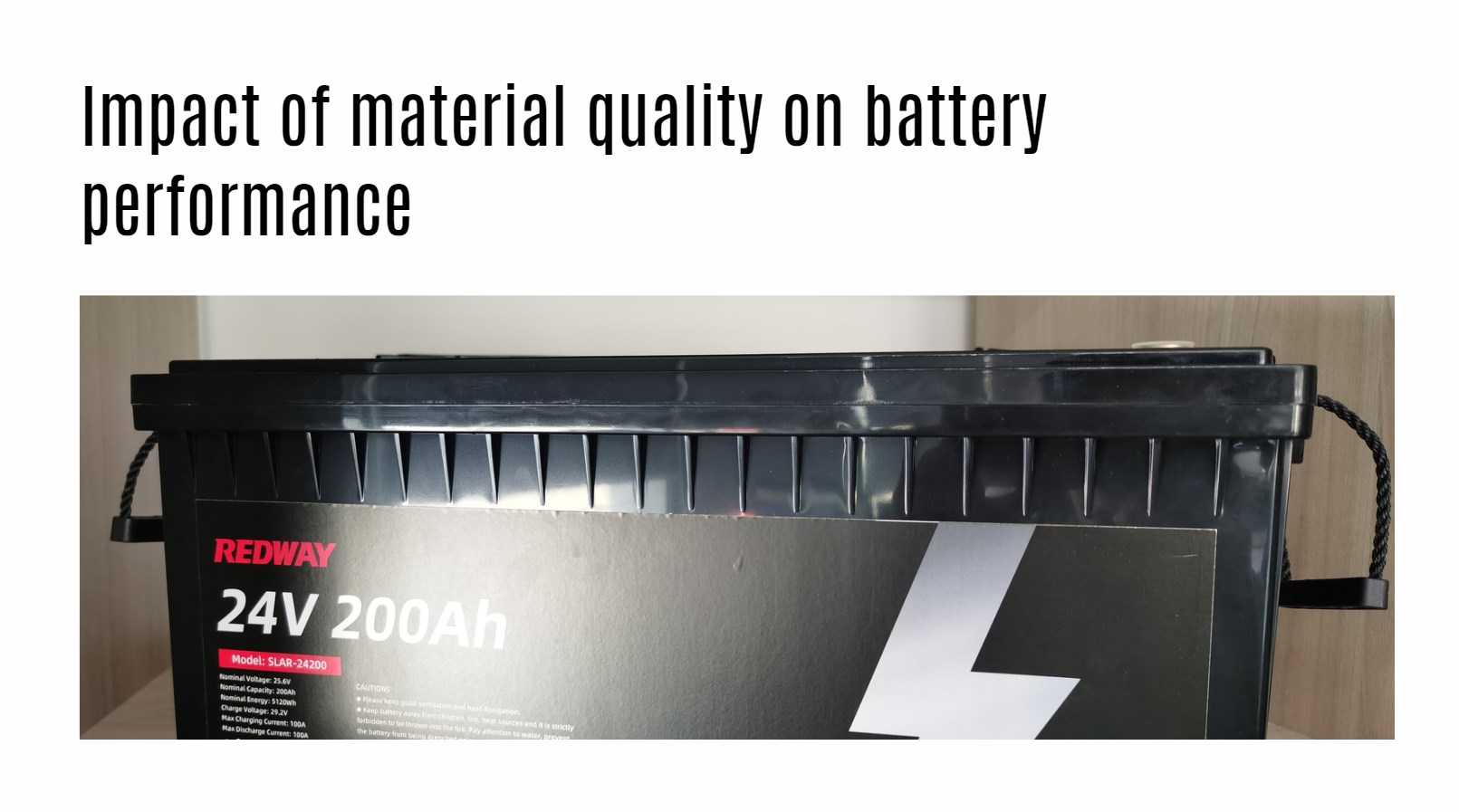
When it comes to LiFePO4 batteries, the quality of materials used plays a significant role in determining their performance and price. Low-quality materials may result in inconsistent battery output, shorter lifespan, and potential safety hazards. On the other hand, high-quality materials are carefully selected to ensure stability, efficiency, and longevity.
Low-quality cathode or anode materials can lead to lower energy density and reduced overall capacity. This can translate into shorter operating times for devices powered by these batteries. In contrast, high-quality cathodes and anodes offer better conductivity and enhanced energy storage capabilities.
Moreover, using subpar electrolytes or separators in LiFePO4 batteries can compromise their efficiency and cycle life. High-quality electrolytes help maintain stable voltage levels during charge-discharge cycles while premium separators prevent short circuits and improve overall safety.
In essence, opting for high-quality materials when manufacturing LiFePO4 batteries is crucial for achieving optimal performance, reliability, and value in the long run.
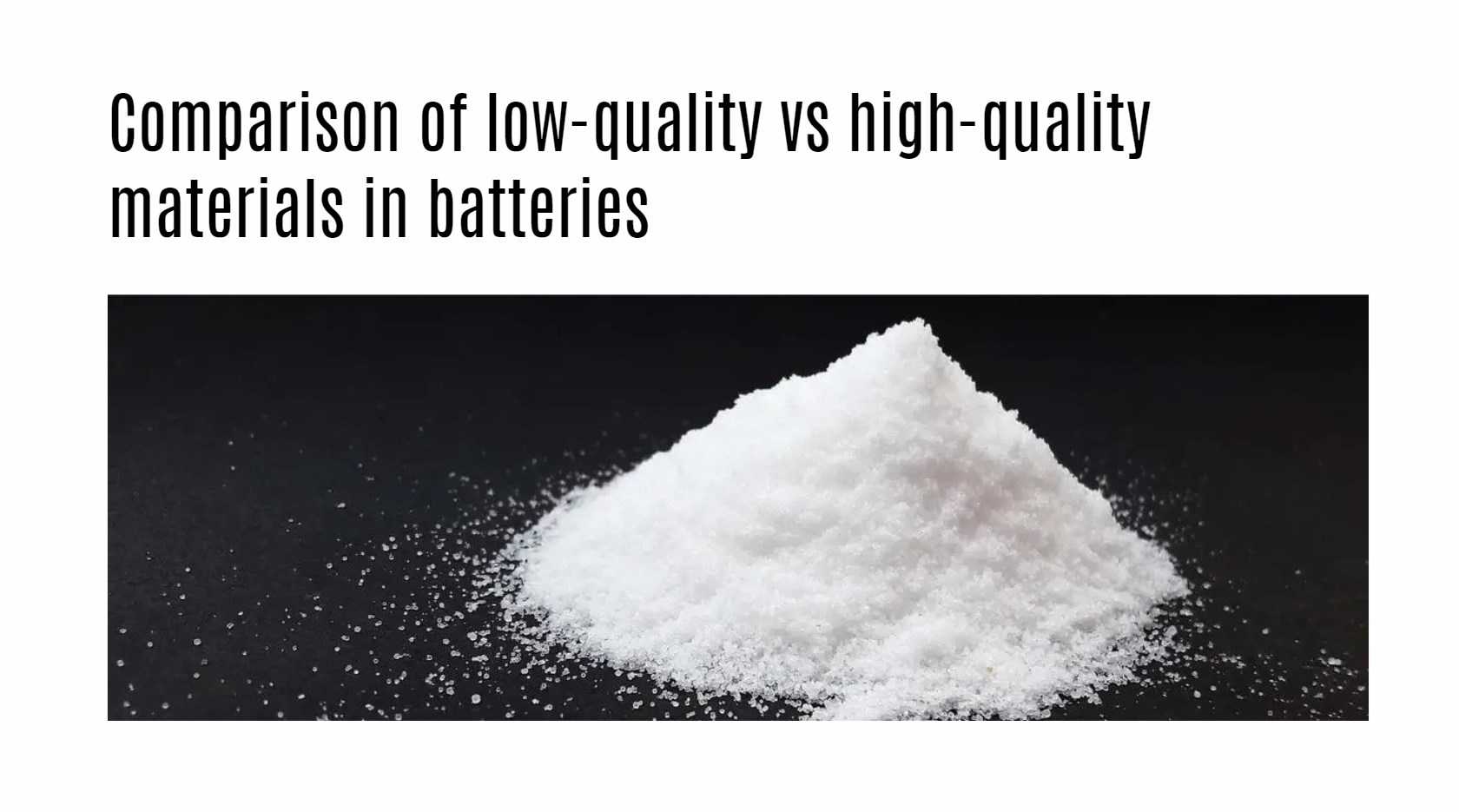
Let’s delve into real-life scenarios that illustrate how material quality impacts the performance and price of LiFePO4 batteries.
Imagine two electric vehicle manufacturers using different grades of cathode materials in their battery packs. Manufacturer A opts for high-quality, pure LiFePO4 while Manufacturer B chooses lower-grade alternatives to cut costs.
After a year of usage, it becomes evident that vehicles from Manufacturer A have better range retention and faster charging times due to the superior material quality. On the other hand, vehicles from Manufacturer B start showing signs of degradation sooner, requiring more frequent replacements and maintenance.
The cost difference between these two options may have been noticeable during purchase but proves to be insignificant when considering long-term efficiency and durability. This showcases how investing in high-quality materials upfront can lead to substantial savings over time.
Investing in high-quality LiFePO4 batteries is crucial for achieving optimal performance and longevity. These batteries are designed to provide reliable power storage for various applications, from electric vehicles to renewable energy systems. By choosing batteries made with superior materials, you can ensure better efficiency and durability.
High-quality LiFePO4 batteries are engineered to deliver consistent performance over an extended period. They have a higher energy density, allowing them to store more power in a compact size. This means longer run times and increased reliability when powering your devices or equipment.
Additionally, premium materials used in these batteries contribute to enhanced safety features, reducing the risk of overheating or short-circuiting. Investing in quality ensures peace of mind knowing that your battery system is built to last and operate safely under demanding conditions.
When considering the long-term benefits of high-quality LiFePO4 batteries, it becomes clear that investing upfront will ultimately save you money and time in the future. Quality batteries offer better cycle life, meaning they can be recharged more times without losing capacity. This translates into cost savings over the lifespan of the battery as replacements are less frequent.
The quality of materials used in LiFePO4 batteries plays a significant role in determining their performance and price. Investing in high-quality batteries not only ensures better efficiency and longevity but also contributes to a safer and more reliable energy storage solution. It is essential for consumers to consider the material quality when purchasing LiFePO4 batteries to maximize their benefits and overall satisfaction.
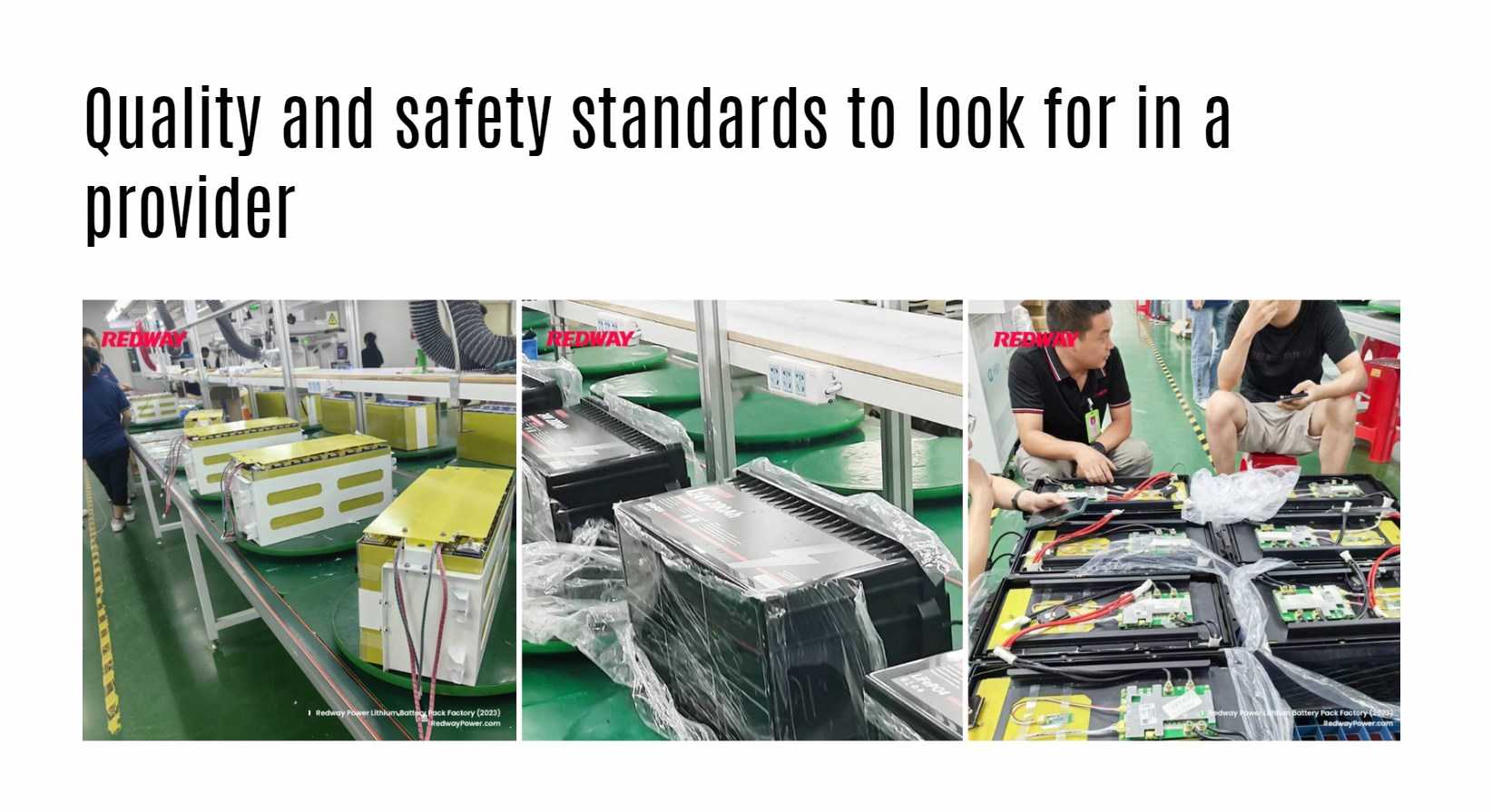
When it comes to choosing a LiFePO4 battery provider, customization options and flexibility are key factors to consider. You want a provider that can tailor their solutions to meet your specific needs and requirements.
Having the ability to customize the battery pack size, shape, voltage, and capacity can make a significant difference in how well the battery integrates into your application. A provider that offers flexible options ensures that you get a solution that is perfectly suited for your project.
Whether you need a standard off-the-shelf option or a fully customized solution, finding a provider that can accommodate your requests is essential. Customization allows you to optimize performance, maximize efficiency, and enhance overall functionality of the battery system.
Look for providers who have experience in working with diverse industries and applications as they are more likely to offer greater customization capabilities. Remember, when it comes to LiFePO4 batteries, one size does not fit all – choose flexibility and customization for optimal results.
When it comes to choosing a LiFePO4 battery provider, customer reviews and satisfaction play a crucial role in the decision-making process.
Reading through testimonials and feedback from previous clients can give you valuable insights into the quality of products and services offered by the company. It’s like getting insider information straight from those who have already experienced what the provider has to offer.
Positive reviews highlighting reliability, durability, and excellent customer service are indicators that you’re on the right track in selecting a trustworthy battery provider. On the other hand, negative reviews pointing out issues with product performance or lackluster support should raise red flags.
Take the time to research and dig deeper into what customers are saying about their experiences with different providers. Your peers’ firsthand experiences can be invaluable when making such an important investment for your energy storage needs.
When choosing a LiFePO4 battery provider, it’s essential to consider the additional services and support they offer. Look for a company that goes above and beyond just selling batteries.
A provider that offers installation assistance, maintenance guidance, and technical support can make a significant difference in your overall experience. Having access to experts who can help you troubleshoot any issues or provide advice on optimizing battery performance is invaluable.
Furthermore, consider if the provider offers customization options tailored to your specific needs. Whether it’s designing a unique battery pack configuration or providing personalized solutions, having flexibility in their services can be crucial.
Additionally, look for providers that offer training programs or workshops to help you understand how to maximize the lifespan of your LiFePO4 batteries. Education and ongoing support are key factors in ensuring you get the most out of your investment.
Choosing a provider that prioritizes customer service and comprehensive support can make all the difference in your decision-making process.
When it comes to choosing a LiFePO4 battery provider, the temptation to opt for cheap options can be strong. However, it’s essential to differentiate between cost-effective solutions and simply going for the cheapest price available.
Cheap batteries may seem like a bargain initially, but they often come with hidden costs in terms of quality and performance. Investing in a cost-effective solution means getting a high-quality product that meets your specific needs without compromising on safety or reliability.
By prioritizing value over low prices, you can avoid potential issues such as shorter lifespan, inconsistent performance, or even safety hazards. Remember that the true cost of a battery goes beyond its upfront price tag – consider factors like durability, efficiency, and long-term savings.
Making an informed decision based on the overall value provided by a reputable LiFePO4 battery provider will ensure that you get the best solution for your requirements in the long run.
When choosing a LiFePO4 battery provider, don’t overlook the importance of warranty and after-sales service. A reliable company will stand behind their products with confidence, offering warranties that reflect the quality of their batteries.
A solid warranty provides peace of mind knowing that you are covered in case of any issues or malfunctions. It also speaks volumes about the trustworthiness and commitment of the provider to customer satisfaction.
Additionally, consider looking into what kind of after-sales support is offered by the company. Prompt assistance and efficient problem-solving can make a significant difference if you encounter any difficulties down the line.
Remember, a comprehensive warranty coupled with excellent after-sales service can be fundamental factors in your decision-making process when selecting a LiFePO4 battery provider.
Choosing the right LiFePO4 battery provider is a critical decision that can impact the performance and safety of your energy storage system. Quality, safety standards, experience, customization options, customer satisfaction, additional services, cost-effectiveness, warranty, and after-sales support are all essential factors to consider when selecting a provider.
By thoroughly evaluating these key aspects and conducting thorough research on potential providers, you can ensure that you make an informed decision that meets your specific needs and requirements. Remember that investing in high-quality LiFePO4 batteries from a reputable provider will not only enhance the efficiency and longevity of your system but also provide peace of mind knowing that you have reliable support throughout the lifespan of your batteries.
Choose wisely to power up your projects efficiently with top-notch LiFePO4 batteries!
Power up your solar system with the 24v LiFePO4 battery – the ultimate solution for energy storage!
The cost of lithium-ion battery packs is expected to decrease by 2025 due to technological advancements and increased demand. Recycling lithium-ion batteries is crucial for environmental preservation and resource conservation. Proper disposal methods include discharging the battery, careful disassembly, and recycling valuable metals like cobalt and nickel. Investing in lithium-ion technology offers cost efficiency and environmental benefits.
A lithium-ion battery pack consists of interconnected lithium-ion cells that store and provide electrical energy. These packs are widely used in applications such as electric vehicles and portable electronic devices. Equipped with a protective circuit board, lithium-ion battery packs ensure safe and efficient operation. They play a crucial role in powering modern technology and enabling portable energy solutions.
When the battery charges, lithium ions move from the cathode to the anode through the electrolyte, creating a flow of electrons. When discharged, this process reverses – with ions moving back to the cathode – releasing stored electrical energy.
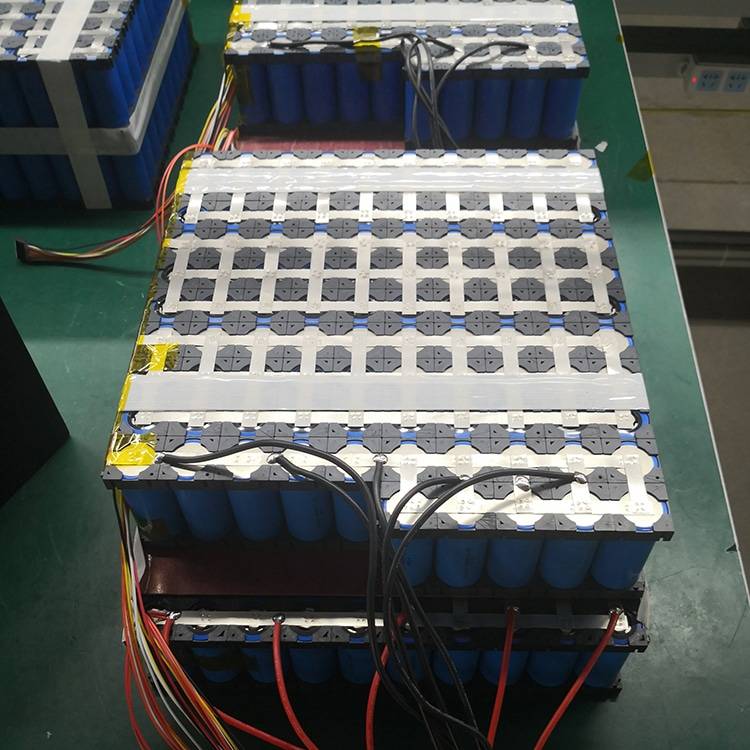
One advantage of these batteries is their high energy density compared to other types. As a result, they can store more energy in less space making them ideal for use in portable electronics like smartphones and laptops.
However, despite their advantages, there are also some drawbacks associated with lithium ion batteries. For one thing, they’re relatively expensive compared to other types. Additionally, if not disposed of properly after use can cause environmental problems due to their potential toxicity.
Despite some potential challenges such as raw material supply chain issues or geopolitical tensions affecting global trade flows; experts predict that by 2025 we can expect further reductions on lithium-ion battery costs opening doors towards wider adoption of electric vehicles (EVs) and other clean-energy applications alike.
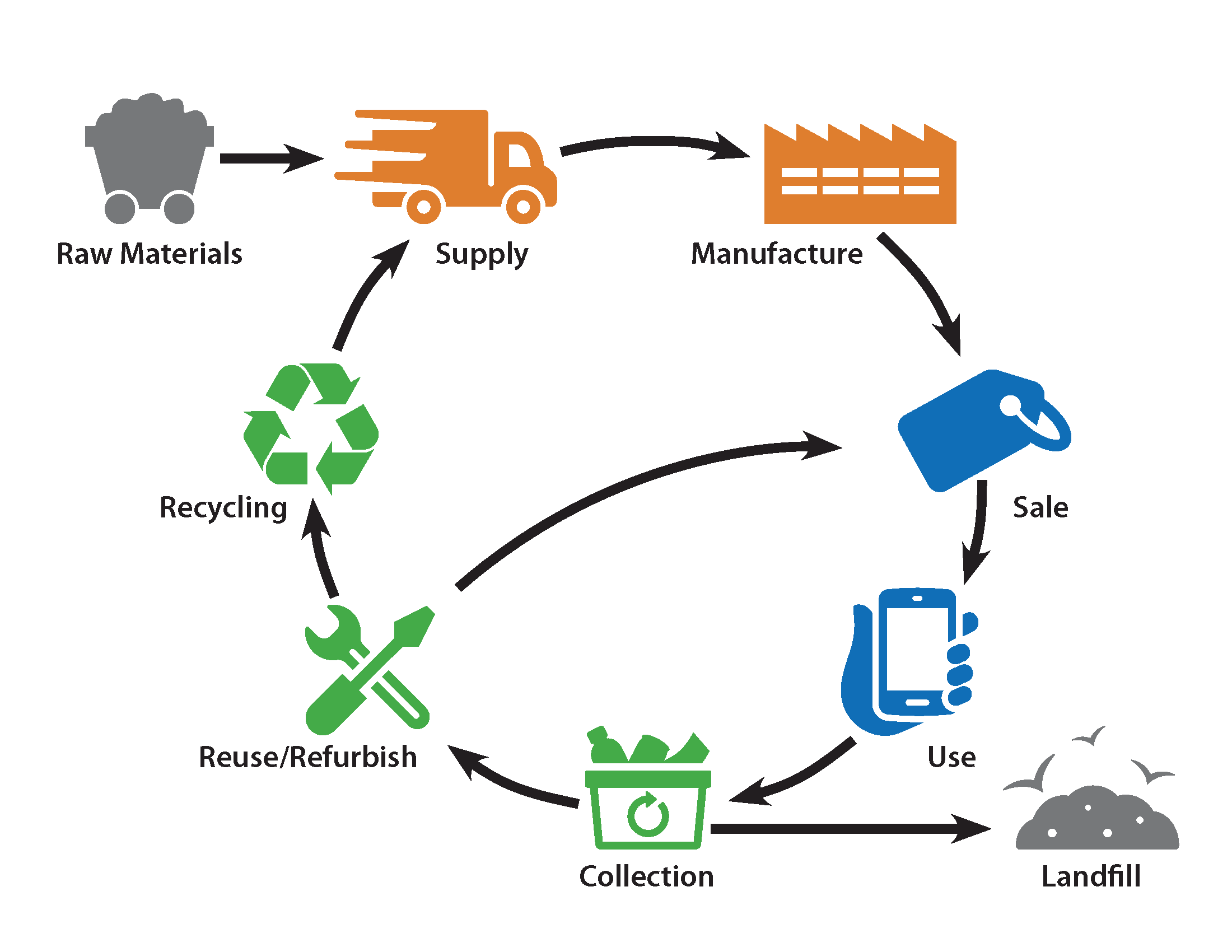
Lithium-ion batteries are increasingly popular for devices and vehicles. Costs have dropped due to advancements. By 2025, demand will surge, with costs likely to decrease further. Proper recycling is vital to prevent environmental harm. Investing in lithium-ion tech offers cost-efficiency and environmental benefits, making it attractive for individuals and businesses.
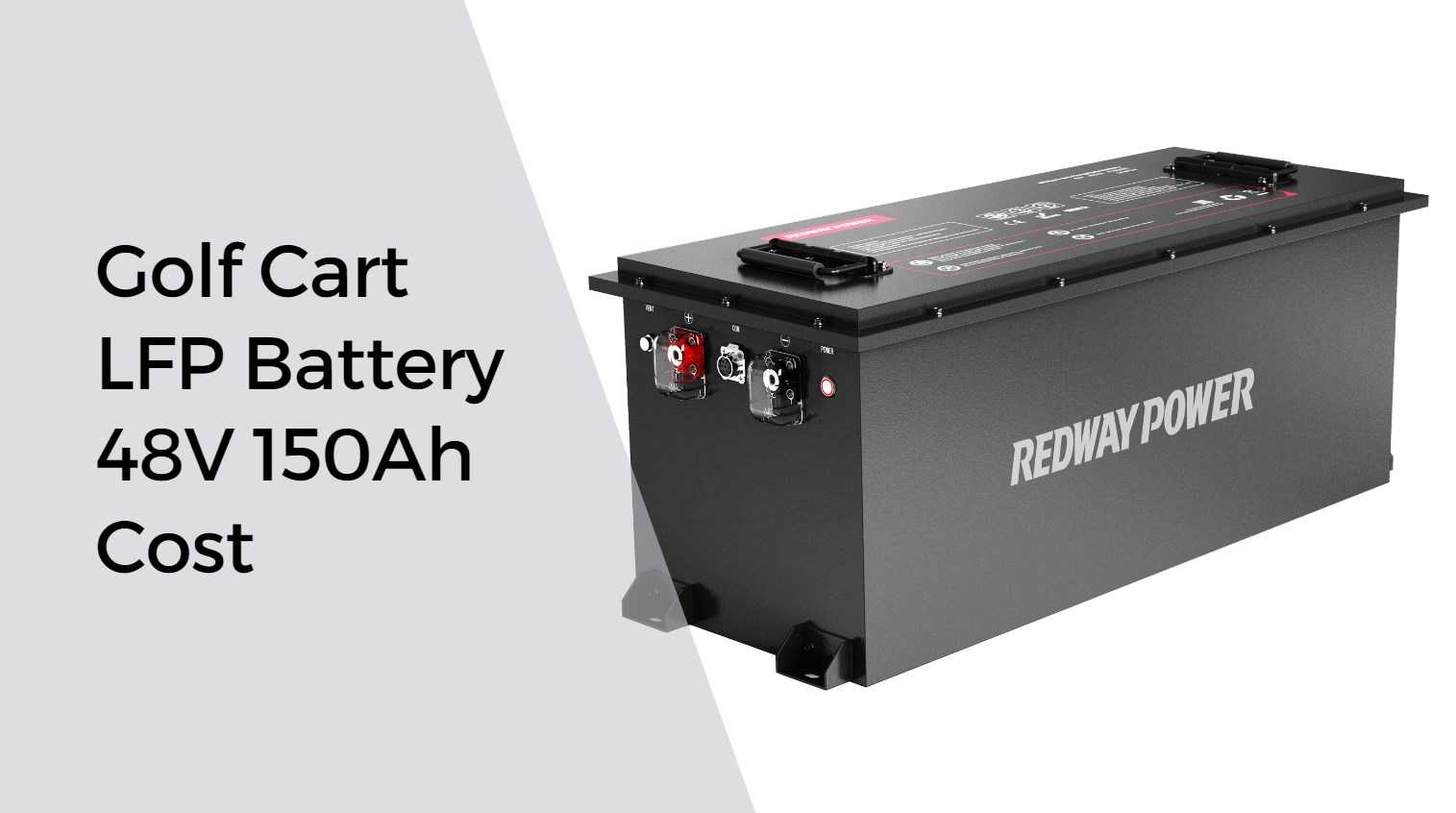
Lithium Iron Phosphate (LiFePO4) batteries are a type of lithium-ion battery known for their enhanced safety, superior thermal stability, and long cycle life. These attributes make them a preferred choice in various applications, from renewable energy storage to electric vehicles. This article delves into the specifics of LiFePO4 batteries, highlighting their advantages, disadvantages, and potential uses.
LiFePO4 batteries boast an impressive lifespan, often exceeding 10 years with proper maintenance. This longevity is attributed to their robust chemical structure, which withstands numerous charge and discharge cycles without significant degradation.
Compared to traditional lead-acid batteries, LiFePO4 batteries offer a higher energy density. This means they can store more energy in a smaller, lighter package, making them ideal for applications where space and weight are critical, such as in electric vehicles and portable electronics.
Safety is a paramount concern with any battery technology. LiFePO4 batteries excel in this area due to their inherent thermal and chemical stability. Unlike other lithium-ion batteries, they are less prone to overheating and do not suffer from thermal runaway, significantly reducing the risk of fire or explosion.
One of the notable benefits of LiFePO4 batteries is their low self-discharge rate. This feature allows the batteries to retain their charge for extended periods when not in use, making them suitable for standby and emergency power applications.
LiFePO4 batteries are more environmentally friendly compared to other battery chemistries. They do not contain toxic metals like lead or cadmium and are easier to recycle, reducing their overall environmental impact.
LiFePO4 batteries maintain consistent performance across a wide range of temperatures. They perform well in both high and low temperatures, making them reliable in various environmental conditions.

One of the primary drawbacks of LiFePO4 batteries is their higher initial cost compared to other battery types, such as lead-acid or nickel-cadmium batteries. This cost can be a barrier for some users, although the long-term benefits and lifespan often justify the investment.
While LiFePO4 batteries offer many advantages, they generally have a lower energy capacity compared to other lithium-ion chemistries. This means they may not be suitable for applications requiring very high energy storage in compact sizes.
LiFePO4 batteries require specific charging protocols to maintain their lifespan and performance. Improper charging can lead to reduced capacity and lifespan, necessitating the use of compatible chargers and management systems.
Although they perform well in a range of temperatures, LiFePO4 batteries can be sensitive to extreme cold, which may affect their charging efficiency and discharge rates. Proper thermal management systems are required in such conditions to ensure optimal performance.
Despite their safety, LiFePO4 batteries can pose risks if mishandled or improperly manufactured. Ensuring that they are sourced from reputable manufacturers and used according to specified guidelines is crucial to avoid potential hazards.
LiFePO4 batteries are increasingly used in solar energy storage systems due to their long lifespan, safety, and high energy density. They provide a reliable power source for off-grid and hybrid solar installations.
The automotive industry leverages LiFePO4 batteries for electric vehicles (EVs) due to their durability, safety, and ability to deliver high power output. These batteries support the extended range and reliability required for modern EVs.
High energy density and safety make LiFePO4 batteries suitable for portable electronic devices, including laptops, smartphones, and power tools. Their long cycle life ensures that these devices remain functional over extended periods.
LiFePO4 batteries are ideal for uninterruptible power supplies (UPS) and backup power systems. Their low self-discharge rate ensures that they are ready to deliver power when needed, making them a reliable choice for emergency power solutions.
Due to their robustness and resistance to environmental factors, LiFePO4 batteries are used in marine applications and recreational vehicles. They provide reliable power in harsh conditions, ensuring the functionality of critical systems.
When comparing Lifepo4 batteries (lithium iron phosphate) and lead acid batteries, there are notable differences. Lifepo4 batteries have a longer lifespan, reaching 2,000 to 3,000 cycles or more, compared to 500 to 1,000 cycles of lead acid batteries. They also have a higher charge current efficiency and can accept charge at a higher rate. Additionally, Lifepo4 batteries provide 100% of their rated capacity regardless of the rate of discharge, while lead acid batteries offer less usable energy. Consider these factors when choosing between the two battery types.
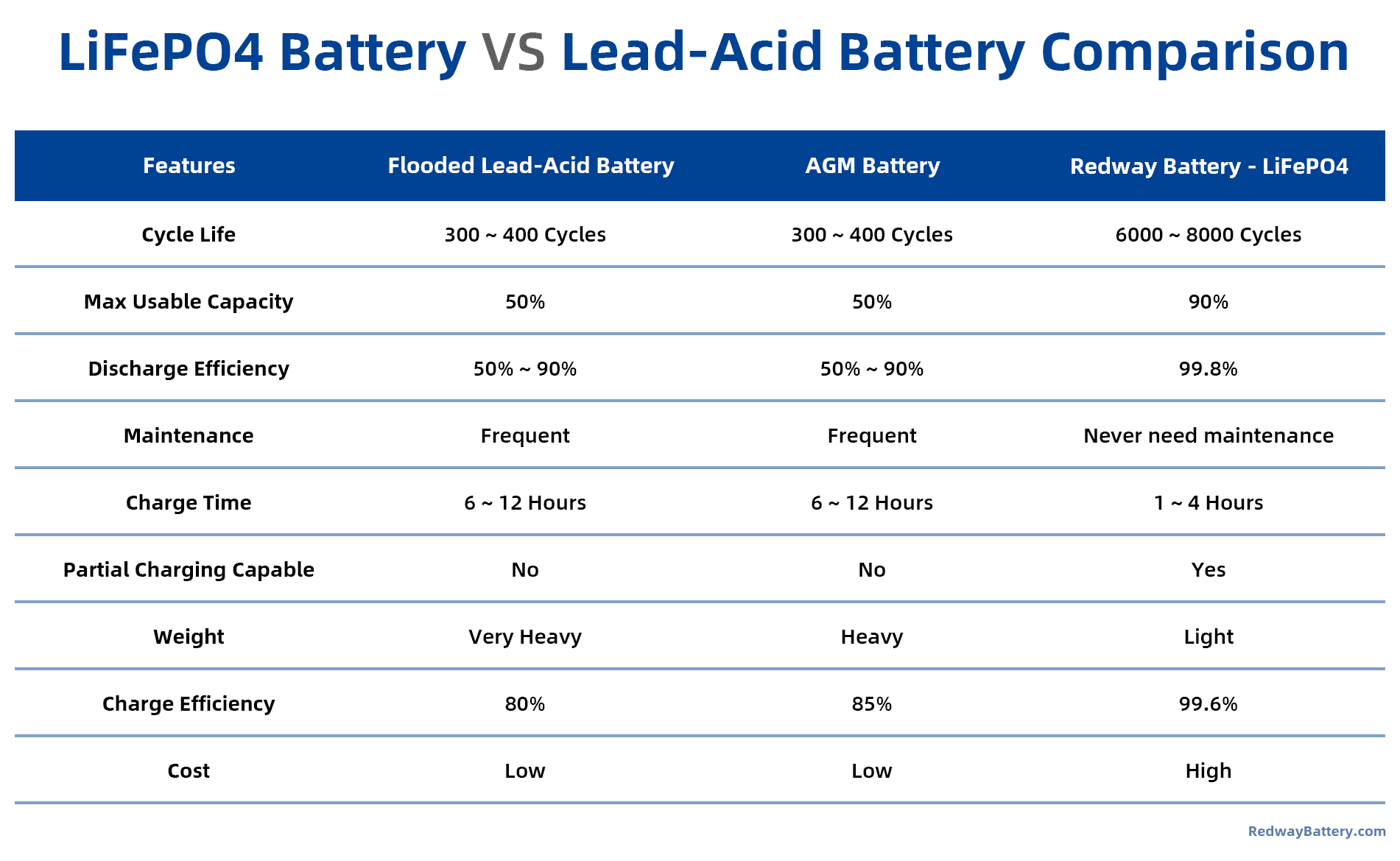
LiFePO4 batteries represent a significant advancement in battery technology, offering a blend of safety, longevity, and performance. While they come with a higher initial cost and specific maintenance requirements, their benefits often outweigh these disadvantages. As the demand for reliable and sustainable energy storage solutions grows, LiFePO4 batteries are poised to play a crucial role in various industries, from renewable energy to electric transportation. Investing in LiFePO4 batteries is a step towards ensuring a more reliable, efficient, and environmentally friendly energy future.
In the heart of the modern technological revolution lies the lithium-ion battery, a powerhouse propelling the world forward. As the demand for sustainable and efficient energy sources escalates, the lithium-ion battery market stands at the forefront of this energy transformation. This article delves into the intricacies of this burgeoning market, exploring its growth forecasts, driving forces, and the challenges that shape its trajectory.
The lithium-ion battery market is projected to soar to unprecedented heights, with an estimated growth spurt of USD 448.8 billion between 2023 and 2028. This robust expansion is underpinned by a CAGR of 42.93%, a figure that speaks volumes about the market’s potential and the opportunities it presents.
Consumer Electronics Boom The insatiable appetite for smartphones, laptops, and wearables has fueled the demand for lithium-ion batteries. As these devices become an extension of our daily lives, the need for longer-lasting, more efficient batteries accelerates.
Renewable Energy Integration With the world turning to renewable energy sources to combat climate change, lithium-ion batteries have become indispensable for energy storage solutions, ensuring a steady supply even when the sun doesn’t shine and the wind doesn’t blow.
Automotive Industry Shift The transition from internal combustion engines to electric vehicles (EVs) is well underway, with lithium-ion batteries at the core of this green revolution. The automotive industry’s pivot towards EVs has amplified the demand for these batteries, creating a ripple effect across the market.
Supply-Demand Imbalance The burgeoning demand for lithium, a key component in lithium-ion batteries, has led to a supply-demand gap. Mining and refining lithium to meet this surge pose significant challenges to the market’s steady growth.
Regulatory Hurdles Strict regulations on the transportation and disposal of lithium-ion batteries have added layers of complexity to the market. These regulatory frameworks aim to mitigate environmental risks but can also hamper the market’s agility.
Technological Competition The rise of alternative energy storage solutions, such as fuel cells, presents a competitive challenge to lithium-ion batteries. The automotive and energy sectors are exploring these alternatives, which could impact the lithium-ion market’s dominance.
The lithium-ion battery market is a tapestry of strategic alliances, where companies merge and collaborate to innovate and capture market share. These strategic maneuvers are not just about growth but also about survival in a competitive landscape.
Innovation Hubs Companies like Tesla and Panasonic are investing heavily in R&D to push the boundaries of lithium-ion battery technology. Their innovations are setting new benchmarks in energy density, safety, and cost-effectiveness.
Market Consolidation Mergers and acquisitions are reshaping the market, with larger players acquiring smaller, innovative firms to bolster their technology portfolios and expand their market reach.
Lithium-ion batteries are not just for smartphones and laptops; their applications are vast and varied, spanning across industries and sectors.
Electric Vehicles (EVs) The EV market is the primary consumer of lithium-ion batteries, with each vehicle requiring a substantial battery pack for propulsion.
Energy Storage From small-scale residential solar systems to large-scale grid storage, lithium-ion batteries are the go-to solution for storing intermittent renewable energy.
Portable Devices Smartphones, tablets, and wearables rely on lithium-ion batteries for their compact size, high energy density, and ability to hold a charge over long periods.
The lithium-ion battery market is not just growing; it’s evolving, with trends that indicate the direction of future development.
As environmental concerns rise, so does the focus on battery recycling. Initiatives to recover valuable materials from used lithium-ion batteries are gaining momentum, offering a sustainable and economically viable solution.
Governments worldwide are implementing policies to promote the adoption of EVs and the recycling of batteries. These legislative measures are driving the market towards more sustainable practices and technologies.
The lithium-ion battery market is a global phenomenon, with different regions contributing uniquely to its growth.
Asia-Pacific, with its manufacturing hubs and growing demand for EVs, is leading the market growth. China, in particular, stands out with its aggressive push towards EV adoption and battery production.
Europe and North America are not far behind, with stringent environmental regulations and government incentives driving the demand for lithium-ion batteries in these regions.
The future of the lithium-ion battery market is bright, with innovations set to address current challenges and unlock new possibilities.
Research into solid-state batteries, improved cathode materials, and advanced electrolytes is paving the way for higher energy density, faster charging, and longer-lasting batteries.
Efforts to establish sustainable lithium mining and refining processes are underway, aiming to alleviate the supply-demand gap while minimizing environmental impacts.
The lithium-ion battery market is at an inflection point, with immense growth potential coupled with significant challenges. As the world moves towards a more sustainable and efficient energy future, the role of lithium-ion batteries is only set to expand. For stakeholders in this market, innovation, strategic planning, and adaptability will be key to harnessing the full potential of this dynamic industry.

The lithium ion battery market is growing at an unprecedented rate and is expected to continue its upward trajectory over the next few years. The increasing demand for electric vehicles and renewable energy systems has been a significant driving force behind this growth.
Moreover, with advancements in technology leading to improvements in energy density and reduced costs of production, it’s only a matter of time before lithium-ion batteries become even more prevalent in our daily lives.
As we move towards a sustainable future, these batteries will play an essential role in powering our homes and transportation systems. It’s clear that the potential for growth within this market is enormous, making it an exciting space to watch over the coming years.
Are you curious about the cost of lithium ion batteries? Look no further! Lithium ion batteries have become increasingly popular over the years due to their high energy density and longer lifespan compared to traditional batteries. However, many people are still in the dark when it comes to understanding how much these batteries actually cost. In this blog post, we’ll dive into the nitty-gritty details of lithium ion battery costs – from individual packs to large-scale installations – so you can make an informed decision before investing in one for your own needs. Let’s get started!
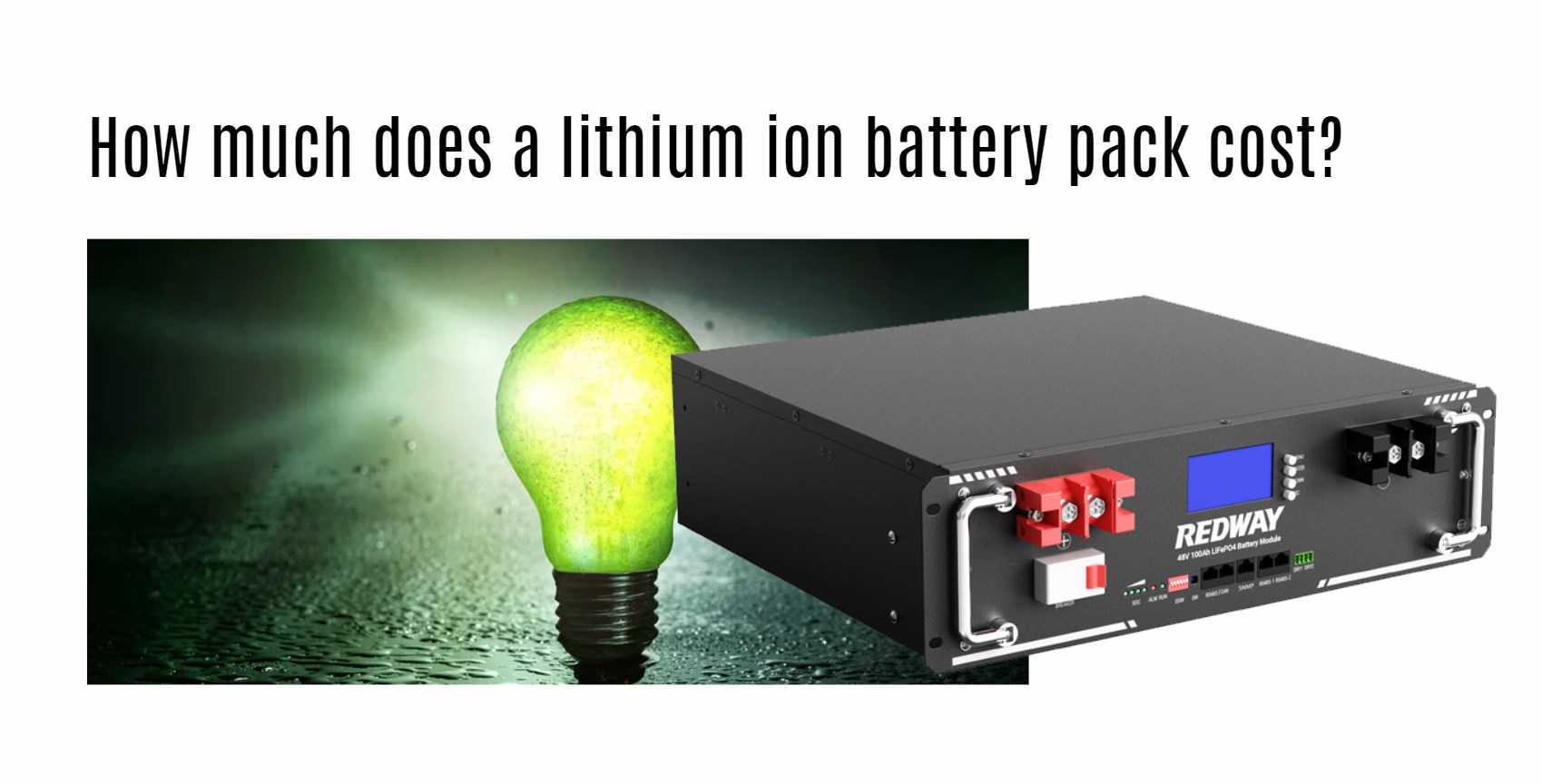
These benefits make lithium ion batteries an attractive choice for many applications where reliability and efficiency are important considerations.
To wrap it up, lithium ion batteries are a popular choice for many electronic devices due to their high energy density and long lifespan. The cost of these batteries varies depending on the size and capacity, but they are generally more expensive than other types of rechargeable batteries.
However, the benefits outweigh the costs as they offer better performance and durability compared to other alternatives. They are also eco-friendly since they can be recycled and do not contain harmful chemicals like lead or mercury.
Despite their advantages, lithium ion batteries have some drawbacks such as being sensitive to extreme temperatures, prone to aging when left unused or overcharged, and can sometimes pose a safety risk if mishandled or damaged.
When choosing a battery pack for your device or project, it’s essential to consider your needs carefully. While lithium-ion batteries may cost more initially than other options in terms of longevity and reliability; they can save you money in the long run by providing superior performance over time without needing frequent replacements.
The global lithium ion battery market is poised for impressive growth in the coming years, with a CAGR that reflects its increasing importance and relevance. This trend is being driven by several key factors that are reshaping the energy storage landscape.
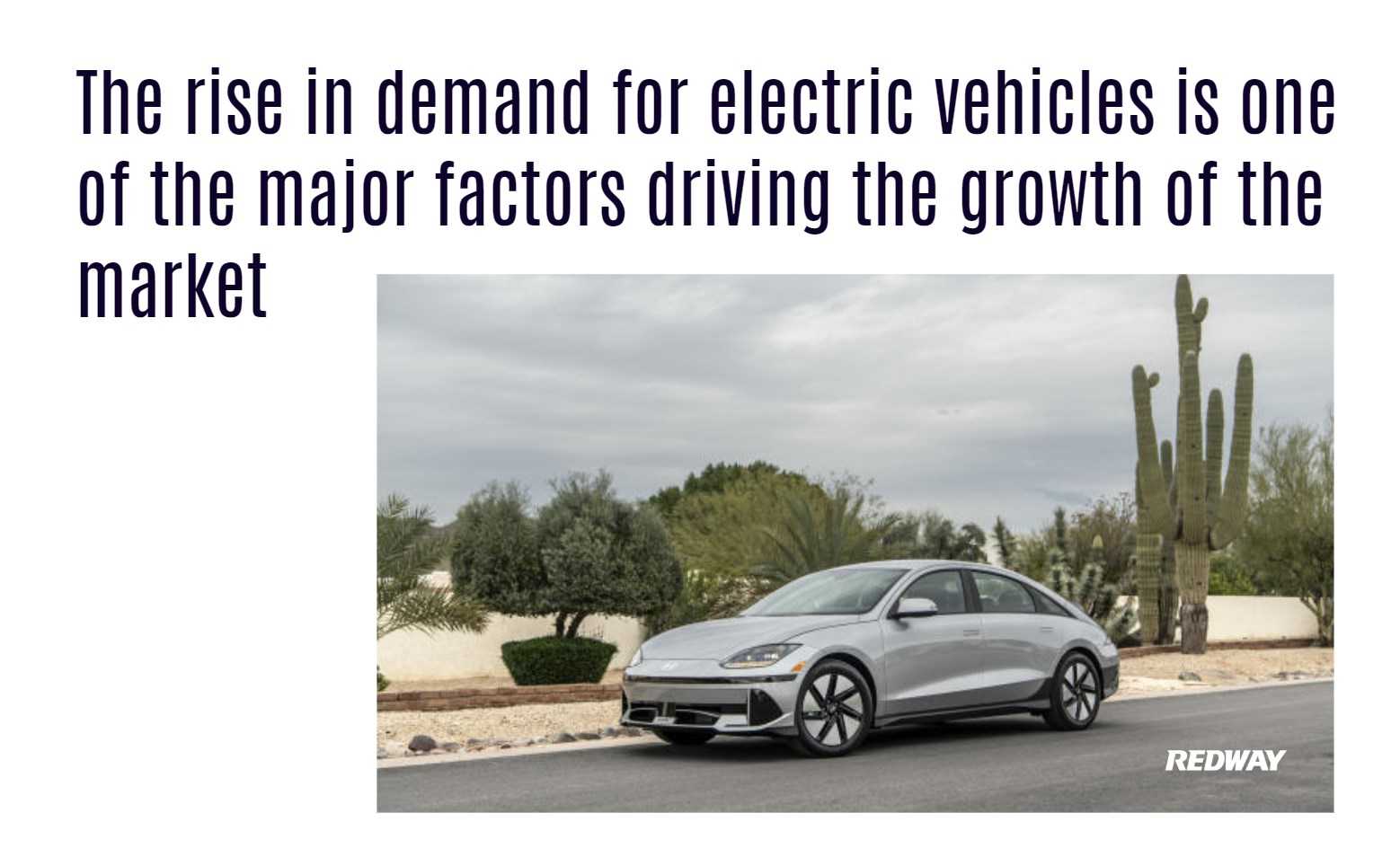
To sum up, the lithium ion battery market is expected to witness significant growth during the forecast period due to the increasing demand for electric vehicles and portable consumer electronics. Despite the high cost of lithium ion batteries being a major restraint for the market, technological advancements and innovation are helping to drive down costs.
In addition, several key players operating in this market are investing heavily in research and development to introduce new products that can cater to evolving customer needs. These players include LG Chem Ltd., Panasonic Corporation, Samsung SDI Co. Ltd., Tesla Inc., Toshiba Corporation, BYD Company Limited, GS Yuasa International Ltd., Hitachi Chemical Co. Ltd., Johnson Controls International Plc, and Saft Groupe SA.
It is evident that the future of the lithium-ion battery market looks promising as it continues to gain popularity across various industries worldwide. With more investments pouring into R&D efforts aimed at improving performance while reducing production costs even further, we can expect continued growth with exciting developments on the horizon.
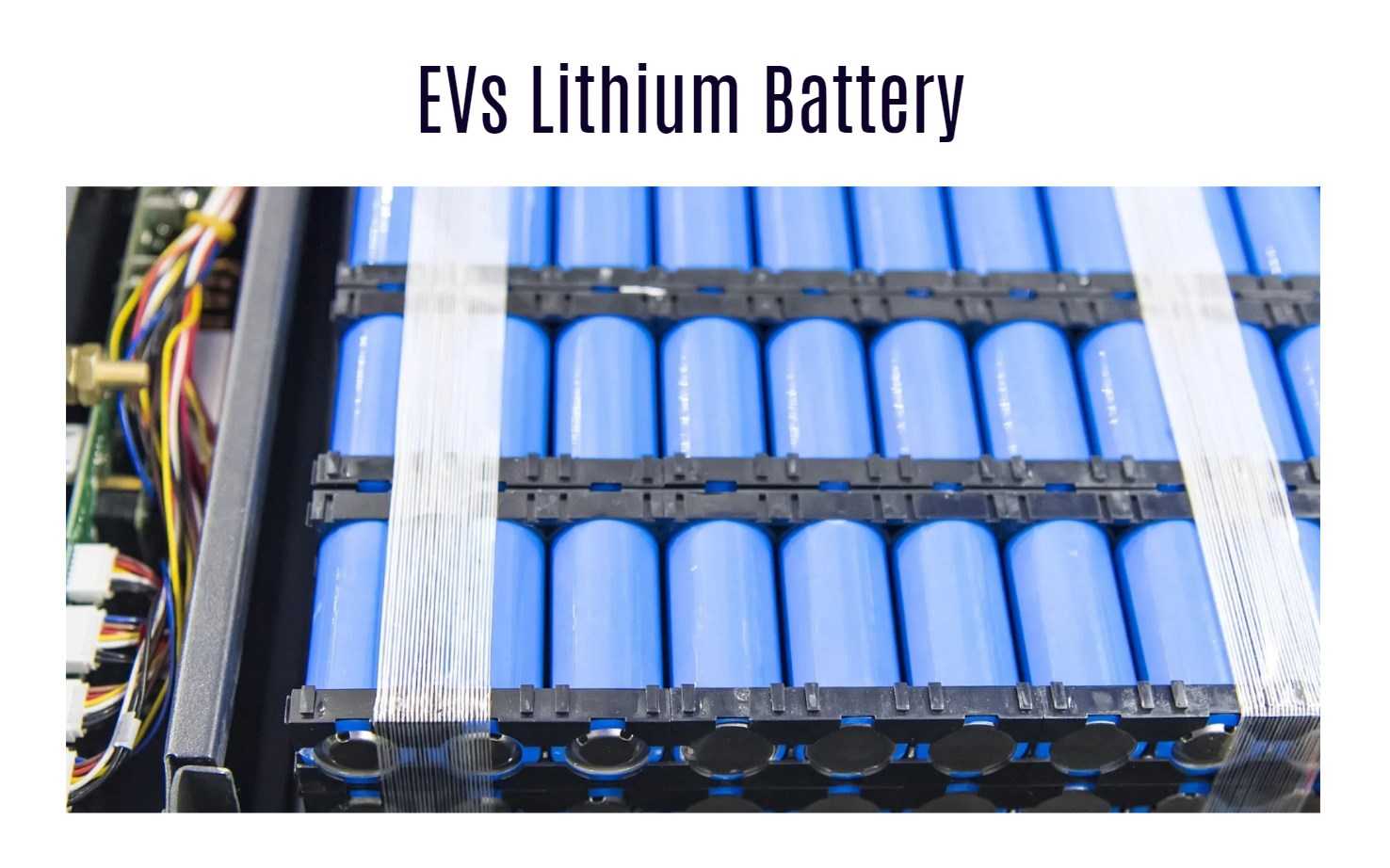
In the quest for sustainable energy solutions, solar power has emerged as a frontrunner. The ability to harness the sun’s energy and convert it into usable electricity has revolutionized the way we think about power storage. This comprehensive guide delves into the intricacies of charging a 200Ah battery using solar panels, providing readers with the knowledge required to optimize their renewable energy setups.
Solar energy is a renewable resource with the potential to power homes, businesses, and vehicles. Understanding its capabilities and limitations is crucial for effective utilization. This section explores the basics of solar energy, setting the stage for a deeper dive into the specifics of battery charging.
The amount of sunlight that can be harnessed varies with geographical location, season, and weather. Assuming an average of 5 hours of direct sunlight daily simplifies calculations but also underscores the importance of location-specific planning.
To charge a battery, one must first calculate the energy required. The formula Energy (Wh) = Battery Capacity (Ah) x Battery Voltage (V) is fundamental. For a 200Ah battery with a 12V voltage, the calculation yields 2400 watt-hours (Wh).
Each solar panel’s contribution to the energy mix is calculated using Energy (Wh) = Solar Panel Power (W) x Solar Panel Efficiency x Sunlight Hours. A 250W panel, under our assumptions, generates 187.5 Wh per day.
By dividing the total energy required by the energy generated per panel, we find that approximately 13 solar panels are needed to charge a 200Ah battery fully. This section provides a detailed calculation and discusses the practical implications of this figure.
This section addresses the complexities of real-world applications, such as charging an empty battery storage setup with limited solar panels. It explores the energy requirements for various scenarios, including off-grid living and extended trips.
A crucial aspect of solar energy utilization is planning daily energy consumption. This section introduces a formula that allows users to calculate the sustainable daily energy usage for their specific needs, ensuring that their storage system is not depleted prematurely.
Maximizing the efficiency of solar charging involves more than just the number of panels. This section offers insights into panel positioning, maintenance, and technological advancements that can improve overall performance.

Calculating the number of solar panels needed to charge a 200Ah lithium battery requires some basic knowledge of math and energy consumption. By understanding the power output of your solar panel, the amount of sunlight available in your area and how much power is required by your battery, you can determine how many solar panels you need for charging.
It’s important to note that other factors such as weather conditions and efficiency also play a role in determining how many solar panels are needed. However, with proper planning and monitoring, you can ensure that your 200Ah lithium battery stays charged using clean renewable energy sources.
Investing in solar panels not only saves money on electricity bills but also contributes to reducing our carbon footprint while promoting sustainability. So go ahead and do your part by harnessing the power of the sun to keep your batteries charged!
Redway Power 12V Series Lithium Iron Phosphate Battery (LiFePO4 Battery) that has vast applications in RV, Sightseeing Carts, Marine, Scooters, Tricycles, Emergency lighting and Security Monitoring.
From powering our smartphones and laptops to electric cars and even spacecraft, lithium ion batteries have become an essential part of our daily lives. These rechargeable powerhouses have revolutionized the way we store energy, providing a long-lasting and reliable source of power for all kinds of devices. However, as with any technology, there are drawbacks to consider. In this article, we’ll explore the biggest disadvantage of lithium ion batteries and whether there are any alternatives available that could help address these issues. So let’s dive in!
Lithium ion batteries are a type of rechargeable battery that use lithium ions to store and release energy. They have become increasingly popular in recent years due to their high energy density, long cycle life, and low self-discharge rate.
Inside each lithium ion battery, there are two electrodes – the anode and cathode – separated by an electrolyte solution. When the battery is charged, lithium ions move from the cathode to the anode through the electrolyte solution. This creates a buildup of electrons on the anode side which can be harnessed as electrical power.
One advantage of these batteries is their ability to pack a lot of power into a small space. This makes them ideal for use in portable electronic devices such as laptops and smartphones where size is crucial.
Another benefit of lithium ion batteries is their longevity compared with other types of rechargeable batteries like nickel-cadmium (NiCad) or nickel-metal-hydride (NiMH). Lithium ion batteries typically last longer before they need replacing since they do not suffer from memory effect – this occurs when charging too frequently shortens lifespan by reducing capacity over time.
While there are some drawbacks associated with using lithium-ion technology for all applications, it remains one of the most reliable solutions out there today!
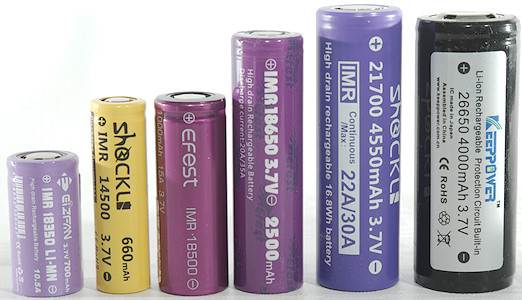
It’s important to weigh both advantages and disadvantages before deciding on whether lithium-ion battery technology is suitable for your specific use case.
Lithium ion batteries have become the standard for portable electronic devices due to their many advantages. They are lightweight, rechargeable and can hold a charge for long periods of time. However, they also have some disadvantages that should not be overlooked.
The biggest disadvantage of lithium ion batteries is their tendency to overheat and catch fire. This risk can be mitigated with proper care and storage but it remains a concern nonetheless.
Additionally, there are other drawbacks such as limited lifespan, high cost of production and disposal issues that need to be addressed in order to make them more environmentally friendly.
While lithium ion batteries may not be perfect they are still the best option currently available for powering our portable devices. As technology continues to advance we may see new alternatives arise but until then it’s important to use them responsibly and take precautions against potential hazards.
